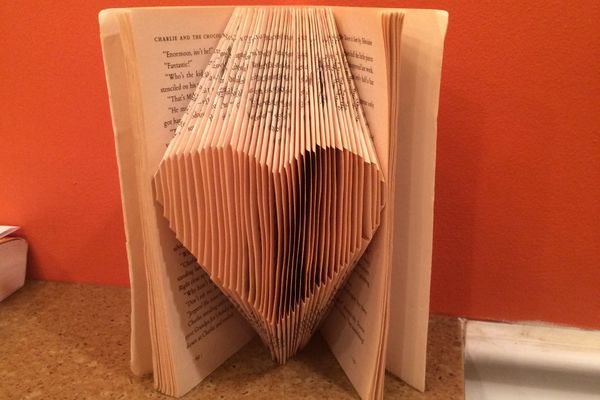Make a new paintjob
Design and apply a new paintjob on a small wooden toy or cardboard box using safe paints, stencils, and color-mixing to explore creativity.



Step-by-step guide to design and apply a new paint job on a small wooden toy or cardboard box
Ryan's DIY Easy Paint Art Activities for Kids with Emma and Kate!!
Step 1
Pick the small wooden toy or cardboard box you want to give a new paintjob.
Step 2
Lay scrap paper on your table to protect it from paint.
Step 3
Wipe the toy or box with a dry paper towel to remove dust.
Step 4
Lightly draw the main lines of your design on the toy or box with a pencil.
Step 5
Put small blobs of paint onto your palette or paper plate.
Step 6
Mix paints on the palette to create any new shades you want.
Step 7
Test each mixed color on scrap paper to check how it looks when dry.
Step 8
Paint a base coat over the whole item if your design needs one.
Step 9
Let the base coat dry completely before you continue.
Step 10
Place a stencil where you want a shape or pattern on the dry base.
Step 11
Tape the stencil down so it will not move while you paint.
Step 12
Paint carefully inside the taped stencil using a small brush.
Step 13
Carefully remove the stencil to reveal your painted shape.
Step 14
Add small finishing details with a fine brush or pencil to perfect your design.
Step 15
Share a photo and description of your finished paintjob on DIY.org
Final steps
You're almost there! Complete all the steps, bring your creation to life, post it, and conquer the challenge!


Help!?
What can we use if we don't have a paint palette, small brush, or ready-made stencil?
Use a paper plate or a piece of aluminum foil as a palette, cotton swabs or an old toothbrush in place of a small brush, and cut stencil shapes from a sticky note or cereal box to tape down and paint over as described in the stencil steps.
My paint keeps smudging or bleeding under the stencil—what should I do?
Follow the instructions to let the base coat dry completely, tape the stencil down firmly, and apply thin layers with a small brush to avoid bleed-through before carefully removing the stencil.
How can I adapt this paintjob activity for different ages like a preschooler versus a preteen?
For younger kids use washable tempera, skip the pencil sketch and let them press large stickers or big stencils onto the toy with chunky brushes, while older kids can lightly pencil detailed designs, mix custom shades on a palette, and use fine brushes for finishing details.
How can we make the finished paintjob last longer or look more professional?
After the paint dries completely, seal the item with a clear water-based varnish or Mod Podge, consider sanding and a smooth base coat beforehand, add metallic or layered highlights with fine brushes, and share a photo plus a brief technique description on DIY.org to showcase your work.
Watch videos on how to design and apply a new paint job on a small wooden toy or cardboard box
How To Paint A Beautiful Landscape (for kids)
Facts about painting and color mixing for kids
✂️ Stencils let you repeat crisp shapes and patterns easily — even street artists use them to paint complex scenes fast.
⏱️ Water-based acrylic paints dry quickly — thin coats can set in about 15–30 minutes so you can add layers fast.
✋ Always choose non-toxic, child-safe paints and finish with a clear water-based varnish to protect the design.
🌈 Color theory helps artists pick palettes: complementary colors (opposite on the wheel) make each other pop.
🎨 Mixing just two primary paints makes bright secondary colors — red + yellow = orange, blue + yellow = green, red + blue = purple.
How do I design and apply a new paintjob on a small wooden toy or cardboard box?
What materials do I need to design and paint a toy or box safely with my child?
What ages is this painting activity suitable for and how much supervision is needed?
What safety tips and benefits should I know for doing a paint redesign with my child?


One subscription, many ways to play and learn.
Only $6.99 after trial. No credit card required


